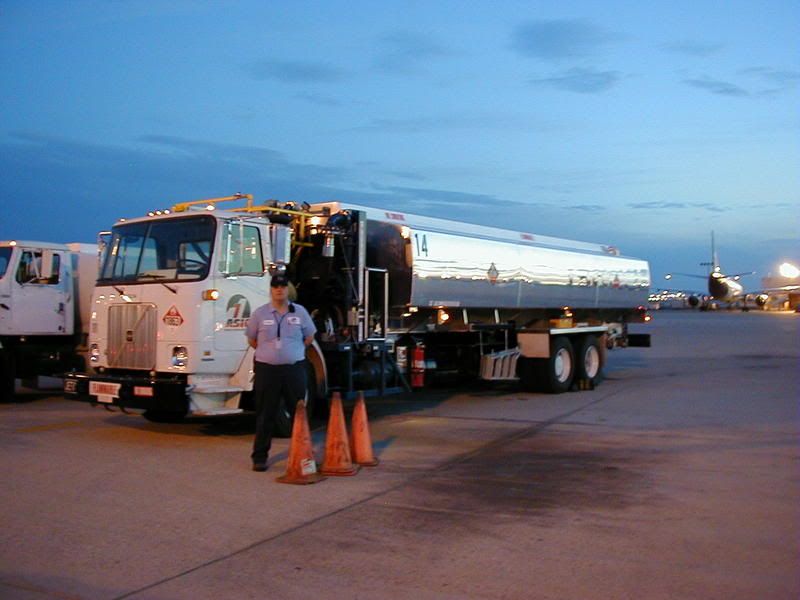Diversion airfield
Moderators: Guru's, The Ministry
- HawkerHart
- Meteor

- Posts: 86
- Joined: 21 Aug 2008, 16:15
Re: Diversion airfield
It'll probably go over my head  but just wondering why it showed an increase in alt when they were actually going down.
but just wondering why it showed an increase in alt when they were actually going down.
Tom


Re: Diversion airfield
From the accident report.
Research should he made to determine how far the pressure instruments on the Vanguard are rendered inaccurate during rapid changes of pitch-attitude by position error of the static vent.
Other information suggests the F/O was chasing the VSI instead of flying constant pitch angle. Any VSI lag would lead to even greater error margin.
N
Research should he made to determine how far the pressure instruments on the Vanguard are rendered inaccurate during rapid changes of pitch-attitude by position error of the static vent.
Other information suggests the F/O was chasing the VSI instead of flying constant pitch angle. Any VSI lag would lead to even greater error margin.
N

"Speed building both sides.....passing one hundred knots.....V1..rotate...oh sh*t..."
- HawkerHart
- Meteor

- Posts: 86
- Joined: 21 Aug 2008, 16:15
Re: Diversion airfield
Yeah, got that from the report. Was just hoping someone could play teacher and explain that through. Due to the static vent position error, the rapid attitude change created misleading pressure changes reflected in the gauges? 
No matter Think I may have just made myself look rather simple,
Think I may have just made myself look rather simple,  ah well, easily done
ah well, easily done 
No matter
Tom


- Chris Trott
- Vintage Pair

- Posts: 2591
- Joined: 26 Jun 2004, 05:16
- Location: Houston, Texas, USA
- Contact:
Re: Diversion airfield
Basically, when making rapid changes in pitch, the VSI on some aircraft will show a momentary movement in the other direction (i.e. you pitch up, the VSI momentarily will show a reduction in climb angle or slight descent). Typically, this occurs on aircraft where the static ports are aft of the wing (which isn't totally unusual), but it's been known to happen because of odd airflow patterns around the nose of the aircraft where most ports are located. Additionally, on aircraft where the VSI is located forward, the VSI can either accelerate (show rapid climb) or simply "stick" when in turbulent conditions. Not knowing where the static vents are on the Vanguard or what specifically this research found, my guess is that with the turbulence, the VSI and possibly altimeter were "sticking" because of the rapid changes in airflow around the instrument during the approach attempts.
- Chris Trott
- Vintage Pair

- Posts: 2591
- Joined: 26 Jun 2004, 05:16
- Location: Houston, Texas, USA
- Contact:
Re: Diversion airfield
Almost forgot the most basic part - "What is a Static Port and what does it do?" 
See here for a good explanation of the system and how it's the most important part of being able to fly: http://en.wikipedia.org/wiki/Pitot-static_system
See here for a good explanation of the system and how it's the most important part of being able to fly: http://en.wikipedia.org/wiki/Pitot-static_system
- HawkerHart
- Meteor

- Posts: 86
- Joined: 21 Aug 2008, 16:15
Re: Diversion airfield
Ta muchly.
Tom


- Chris Trott
- Vintage Pair

- Posts: 2591
- Joined: 26 Jun 2004, 05:16
- Location: Houston, Texas, USA
- Contact:
Re: Diversion airfield
No problem. BTW, you'd be surprised how many pilots don't understand how the static port works and how many of them have instrument ratings. It's kinda scary because it means that if they get a static port blockage they don't understand how to deal with it.
Re: Diversion airfield
Birgenair 757 amonst others. Damn wasps.

"Speed building both sides.....passing one hundred knots.....V1..rotate...oh sh*t..."


